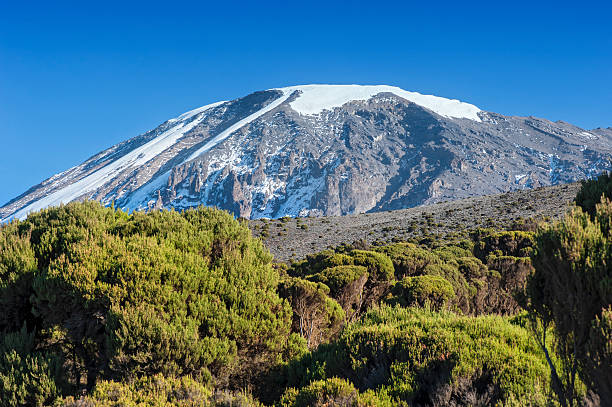Mount Kilimanjaro Success Rates by Route
Explore the success rates of Mount Kilimanjaro climbs by route. Learn which routes have the highest summit success and tips to increase your chances of reaching the top.

Explore the success rates of Mount Kilimanjaro climbs by route. Learn which routes have the highest summit success and tips to increase your chances of reaching the top.


Summiting Mount Kilimanjaro is a challenging and rewarding experience. Success rates vary by route due to differences in duration, altitude gain profiles, acclimatization opportunities, and difficulty. Understanding the success rates of each route can help you choose the best path for your abilities and maximize your chances of reaching the summit safely.
One of the most important factors for climbers planning to summit Mount Kilimanjaro is the success rate—the likelihood of reaching Uhuru Peak. Success depends on various factors including route choice, acclimatization time, fitness, and weather. Below is an overview of typical success rates for the main Kilimanjaro routes to help you make an informed decision.
| Route | Typical Duration | Average Success Rate | Notes |
|---|---|---|---|
| Marangu | 5-6 days | 50% - 60% | Shortest and easiest route but least acclimatization time. |
| Machame | 6-7 days | 70% - 85% | Popular route with good acclimatization and varied terrain. |
| Lemosho | 7-8 days | 80% - 90% | Longer route offering excellent acclimatization and higher success rates. |
| Rongai | 6-7 days | 65% - 80% | Drier route from north; less crowded but moderate acclimatization. |
| Umbwe | 5-6 days | 40% - 55% | Shortest and steepest; suitable for experienced climbers only. |
While no route guarantees summit success, selecting the right route, adequate preparation, and respect for altitude challenges greatly increase your chances of standing on Africa’s highest peak. Consult with experienced trekking companies to find the best package and support for your climb.